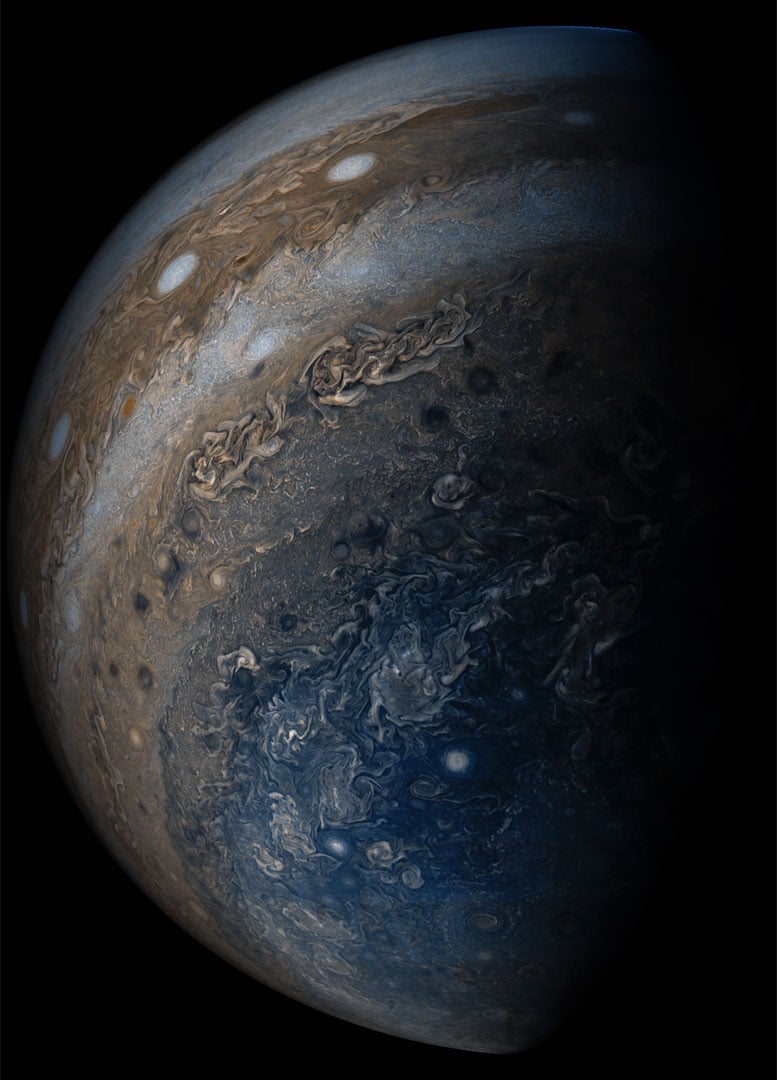
This enhanced image reveals the many colors of Jupiter. Credit: NASA/JPL-Caltech/SwRI/MSSS/Gerald Eichstädt /Seán Doran
Taken on May 19, 2017, by NASA’s Juno Spacecraft, this enhanced image reveals the many colors of Jupiter.
NASA’s Juno Spacecraft was racing away from Jupiter following its seventh close pass of the planet when JunoCam snapped this image from about 29,100 miles (46,900 kilometers) above the cloud tops. The spacecraft was over 65.9 degrees south latitude, with a lovely view of the south polar region of the planet.
This image was processed to enhance color differences, showing the amazing variety in Jupiter’s stormy atmosphere. The result is a surreal world of vibrant color, clarity, and contrast. Four of the white oval storms known as the “String of Pearls” are visible near the top of the image. Interestingly, one orange-colored storm can be seen at the belt-zone boundary, while other storms are more of a cream color.
More about Juno:
The Juno Spacecraft launched aboard an Atlas V-551 rocket from Cape Canaveral, Florida, on August 5, 2011, and reached Jupiter in July 2016. The spacecraft will orbit Jupiter 32 times, skimming to within 3,100 miles (5,000 kilometers) above the planet’s cloud tops, for approximately one year.
Juno uses a spinning solar-powered spacecraft in a highly elliptical polar orbit that avoids most of Jupiter’s high radiation regions. The designs of the individual instruments are straightforward and the mission does not require the development of any new technologies.
Juno’s scientific payload includes:
- A gravity/radio science system (Gravity Science)
- A six-wavelength microwave radiometer for atmospheric sounding and composition (MWR)
- A vector magnetometer (MAG)
- Plasma and energetic particle detectors (JADE and JEDI)
- A radio/plasma wave experiment (Waves)
- An ultraviolet imager/spectrometer (UVS)
- An infrared imager/spectrometer (JIRAM)
- The spacecraft will also carry a color camera, called JunoCam, to provide the public with the first detailed glimpse of Jupiter’s poles.
Rotating Spacecraft
For Juno, like NASA’s earlier Pioneer spacecraft, spinning makes the spacecraft’s pointing extremely stable and easy to control. Just after launch, and before its solar arrays are deployed, Juno will be spun-up by rocket motors on its still attached second-stage rocket booster. While in orbit at Jupiter, the spinning spacecraft sweeps the fields of view of its instruments through space once for each rotation. At three rotations per minute, the instruments’ fields of view sweep across Jupiter about 400 times in the two hours it takes to fly from pole to pole.
Solar Power
Jupiter’s orbit is five times farther from the Sun than Earth’s, so the giant planet receives 25 times less sunlight than Earth. Juno will be the first solar-powered spacecraft designed by NASA to operate at such a great distance from the sun, thus the surface area of solar panels required to generate adequate power is quite large. Three solar panels extend outward from Juno’s hexagonal body, giving the overall spacecraft a span of about 66 feet (20 meters). The solar panels will remain in sunlight continuously from launch through end of mission, except for a few minutes during the Earth flyby. Before launch, the solar panels will be folded into four-hinged segments so that the spacecraft can fit into the launch vehicle.
Juno benefits from advances in solar cell design with modern cells that are 50 percent more efficient and radiation tolerant than silicon cells available for space missions 20 years ago. The mission’s power needs are modest, with science instruments requiring full power for only about six hours out of each 14-day orbit (during the period near closest approach to the planet). With a mission design that avoids any eclipses by Jupiter, minimizes damaging radiation exposure and allows all science measurements to be taken with the solar panels facing the sun, solar power is a perfect fit for Juno.
Electronics Vault
Juno will avoid Jupiter’s highest radiation regions by approaching over the north, dropping to an altitude below the planet’s radiation belts – which are analogous to Earth’s Van Allen belts, but far more deadly – and then exiting over the south. To protect sensitive spacecraft electronics, Juno will carry the first radiation shielded electronics vault, a critical feature for enabling sustained exploration in such a heavy radiation environment. This feature of the mission is relevant to NASA’s Vision for Space Exploration, which addresses the need for protection against harsh radiation in space environments beyond the safety of low-Earth orbit.

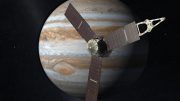
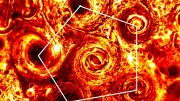

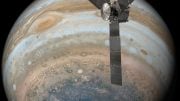

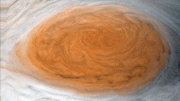
i am interest… i would like get closer to the fountain of inf.,, going thru the point from my side to you. about the contstructions of rockets and for what they are made them ….